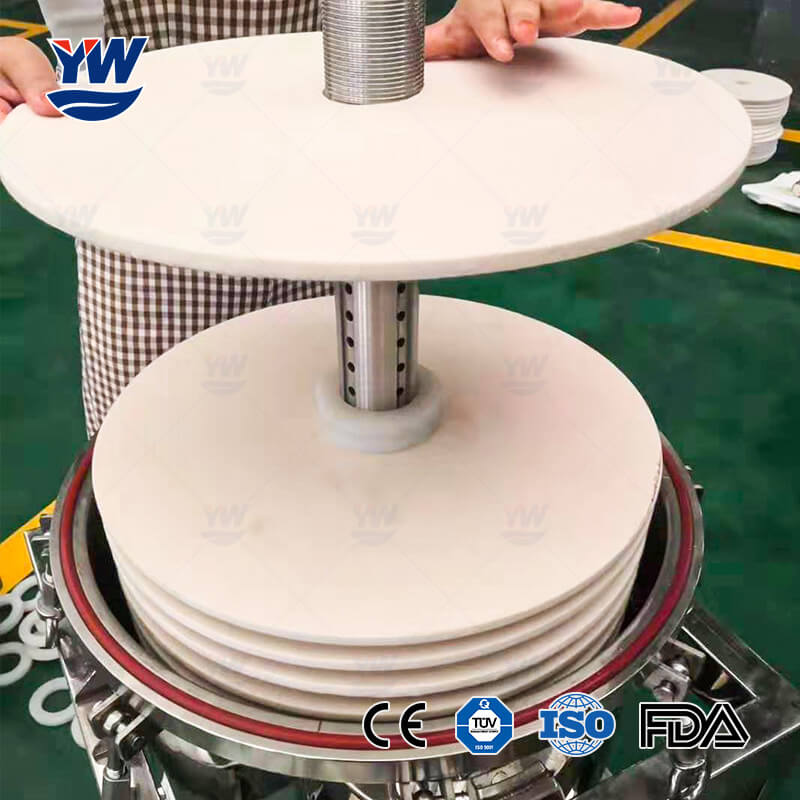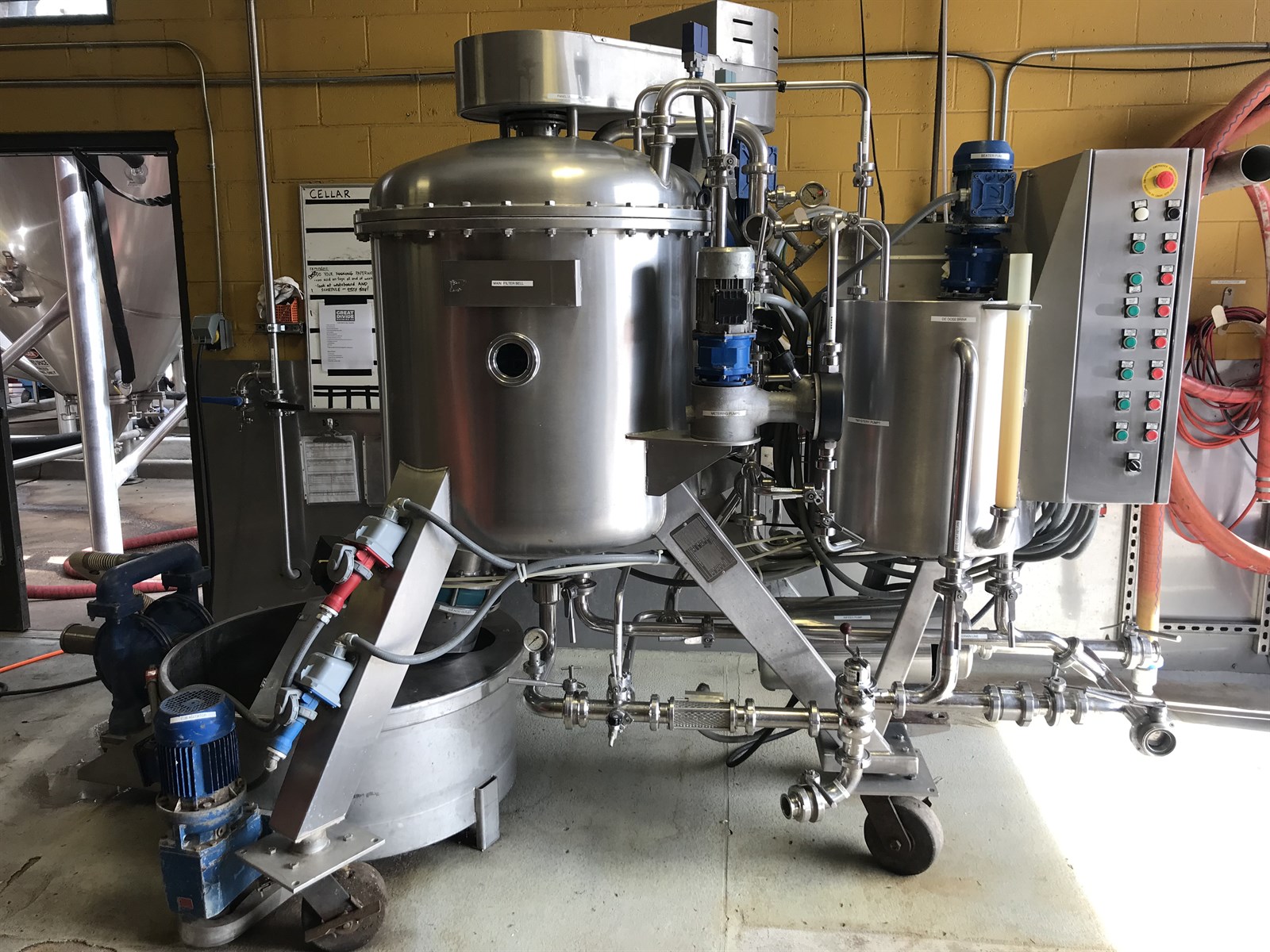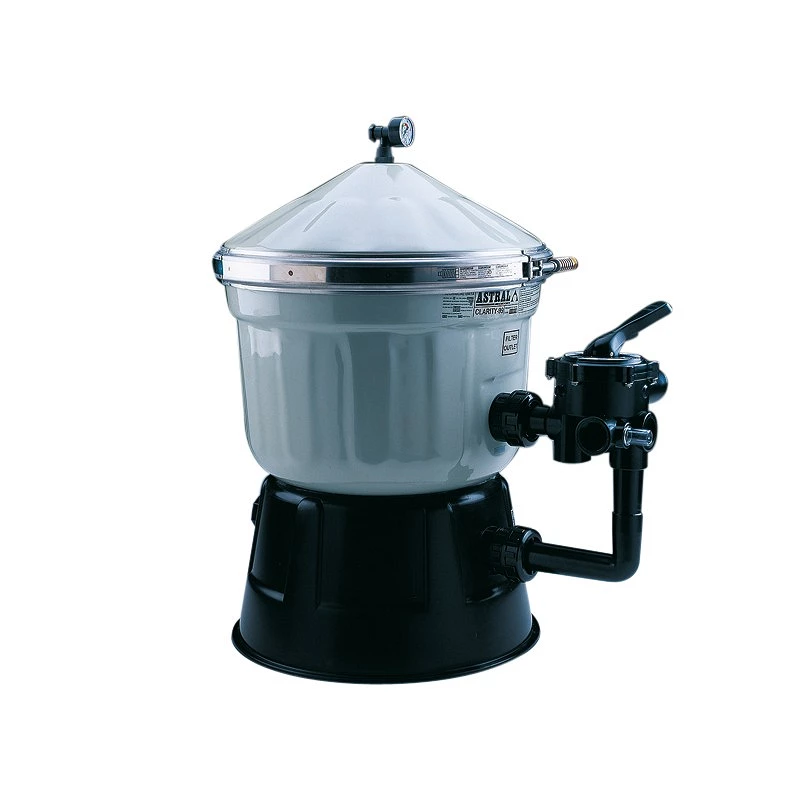A Comprehensive Guide to Diatomaceous Earth Filtering for Clean Water
A Comprehensive Guide to Diatomaceous Earth Filtering for Clean Water
Blog Article
Diatomaceous Earth Filtering: A Natural Service for Superior Water Filtration

Diatomaceous Earth (DE) filtering has become an engaging method for boosting water purification, making use of the distinct residential or commercial properties of fossilized diatoms. This natural filtration process catches contaminations with exceptional efficiency, providing an environmentally friendly alternative to typical chemical therapies. As problems over water quality increase, understanding the benefits and sensible applications of DE filtering ends up being significantly relevant. What collections this method aside from traditional filters, and just how might it reshape our approach to tidy water? Discovering these questions discloses a deeper understanding right into the potential of DE in contemporary water monitoring.

What Is Diatomaceous Planet?
Diatomaceous earth (DE) is a normally occurring, soft, sedimentary rock that is made up largely of the fossilized remains of tiny aquatic microorganisms referred to as diatoms. These single-celled algae have a special, silica-based cell wall surface that contributes to the distinctive homes of DE. The rock is porous and typically light, enabling it to absorb various compounds properly.

Because of its high porosity and absorptive capacity, DE serves many applications, including its usage in farming, bug control, and, especially, water filtration. The performance of diatomaceous earth in filtering is attributed to its ability to catch and get rid of pollutants from water, making it an increasingly preferred selection among those looking for natural purification solutions. Its environmentally friendly nature and versatility additionally enhance its appeal throughout different markets.
Just How Diatomaceous Planet Filtering Functions
The unique structure of diatomaceous earth (DE) allows it to work as an efficient filtering tool in water filtration systems (diatomaceous earth filtering). Made up of the fossilized remains of little, water microorganisms understood as diatoms, DE has a extremely absorbent and permeable nature. This complex framework enables DE to trap impurities and pollutants as water flows via it, successfully eliminating particles as little as 1 micron
When water is passed via a DE filter, the fluid comes across a network of microscopic pores that capture suspended solids, microorganisms, and various other unwanted products. The filtering process occurs because of both mechanical and electrostatic communications, where larger particles are physically caught within the DE's matrix, while smaller sized particles may abide by the surface area as a result of charged interactions.
In addition, DE can be made use of along with other purification techniques to boost total performance. As water remains to stream via the DE layer, it gradually becomes more clear and cleaner, showcasing the tool's ability to boost water quality without the need for severe chemicals. This natural filtration procedure highlights diatomaceous planet's duty as a effective and lasting solution for water filtration.
Advantages of Diatomaceous Earth Filtering
Effectiveness in water filtration is considerably improved through the use of diatomaceous planet (DE) filtering system, supplying countless advantages that make it a recommended option for many applications. Among the primary advantages of DE filtering is its capability to eliminate a variety of contaminants, consisting of microscopic microorganisms, debris, and even specific chemicals. This ability makes sure that the water cleansed through this method is not only tidy yet also secure for usage.
Additionally, DE filters have a high flow rate, which permits for quicker filtration contrasted to standard methods. This particular is specifically advantageous for massive procedures such as municipal water treatment plants or pool. Using DE additionally lessens the need for harsh chemical additives, advertising a more eco-friendly method to water purification.
In addition, DE filtering systems are reasonably easy to preserve, requiring much less frequent replacement than other purification media. The natural origin of diatomaceous planet adds to its sustainability, making it an eco-conscious selection. In general, the combination of performance, effectiveness, and environmental benefits placements diatomaceous planet filtering system as a leading remedy in the world of water filtration.
Comparison With Traditional Water Filters
When assessing water filtration methods, diatomaceous check it out earth filtering attracts attention in comparison to traditional water filters. Traditional water filters, such as turned on carbon or ceramic filters, largely concentrate on eliminating pollutants via adsorption or physical obstacles. While these methods are effective for sure pollutants, they may not capture smaller particles, germs, or viruses as successfully as diatomaceous earth (DE) filters.
Diatomaceous earth filtering system uses the unique framework of diatomite, composed of microscopic, porous fossilized algae. This permits DE filters to catch particles as small as 1 micron, supplying superior filtering capacities. In addition, DE filters can handle bigger volumes of water without considerable pressure loss, making them ideal for both commercial and residential applications.
Furthermore, diatomaceous planet is a lasting and all-natural material, posing less ecological problems contrasted to some synthetic filter media. On the other hand, conventional filters usually call for regular replacement and disposal, causing boosted waste.
Applications and Utilize Cases
Diatomaceous earth (DE) filtering system has a diverse series of applications throughout various sectors as a result of its efficient purification capabilities. Among the most prominent uses DE is in the food and beverage market, where it functions as a filtration medium for juice, red wine, and beer manufacturing. Its permeable framework efficiently removes pollutants, guaranteeing a tasty and clear end product.
In the realm of swimming pool maintenance, DE filters click this link are favored for their ability Read Full Article to catch penalty fragments, providing premium water clarity contrasted to conventional sand filters. Additionally, DE is used in municipal water treatment centers, where it assists in the removal of suspended solids, microorganisms, and various other pollutants, adding to safe alcohol consumption water.

Beyond water filtration, diatomaceous planet finds applications in the farming field as a natural chemical and dirt modification, advertising healthier crops while lowering chemical use. Moreover, its absorbent homes make it useful in various industrial processes, consisting of oil spill clean-ups and as a filler in building and construction products. Overall, the versatility of diatomaceous earth filtering placements it as a useful solution for enhancing water high quality throughout several domains.
Final Thought
Diatomaceous planet filtering system represents a effective and sustainable method for water filtration. As understanding of water high quality concerns expands, the adoption of diatomaceous earth filters in various applications is likely to raise, adding to enhanced public health and wellness and ecological preservation.
Diatomaceous Planet (DE) filtering has actually emerged as an engaging method for boosting water purification, making use of the unique buildings of fossilized diatoms. As water continues to flow through the DE layer, it slowly comes to be clearer and cleaner, showcasing the medium's ability to boost water top quality without the demand for severe chemicals.Efficiency in water purification is substantially improved with the usage of diatomaceous planet (DE) filtering system, using numerous advantages that make it a favored selection for several applications.When examining water purification methods, diatomaceous earth filtering system stands out in contrast to standard water filters. Standard water filters, such as activated carbon or ceramic filters, mainly focus on getting rid of contaminants via adsorption or physical barriers.
Report this page